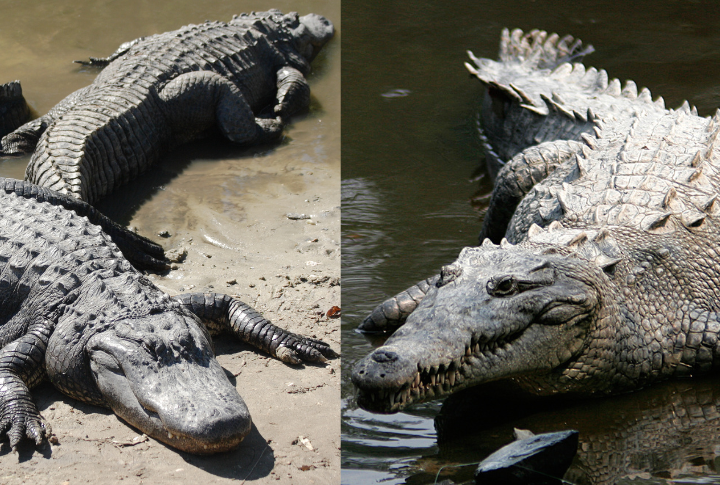
For centuries, alligators and crocodiles have fascinated humans with their ancient, armored bodies and powerful jaws. Despite their similarities, these two species have distinct characteristics that set them apart. Be it their snouts or their tails, both have developed unique features to thrive in their respective environments. This list highlights 10 key differences that separate these two reptiles.
Snout Shape
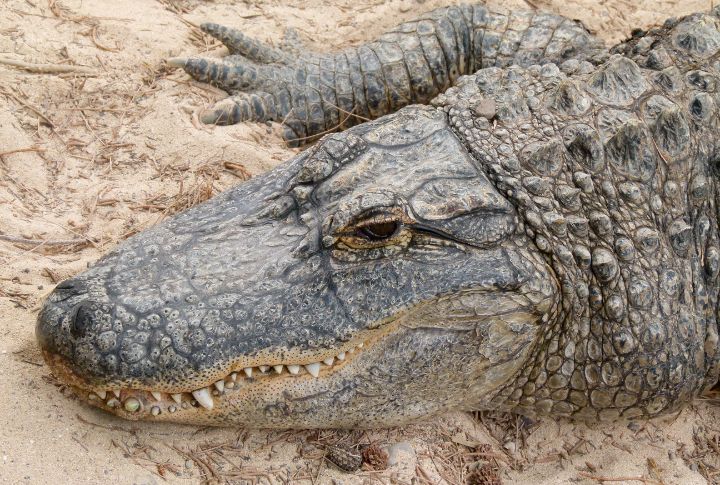
Alligators have a broader, U-shaped snout, which is more rounded and blunt. This shape helps them crush turtle shells and other hard-shelled prey. In contrast, crocodiles have a longer, V-shaped snout, which is more pointed and narrow. This shape allows them to catch and eat fish and other fast-moving prey.
Jaw Alignment

An alligator’s upper jaw is wider than its lower jaw due to its “overbite” jaw alignment. This helps them swallow large prey. Conversely, crocodiles have an “underbite” jaw alignment, meaning their lower jaw is wider than their upper jaw. This allows them to catch and hold onto fish and other slippery prey.
Teeth
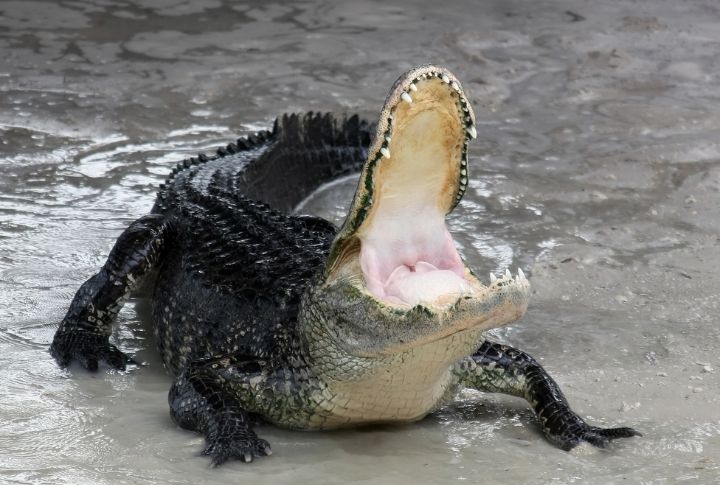
Both have conical-shaped teeth, but alligators have broad, blunt teeth better suited for crushing hard shells of shelled prey. Crocodiles, unlike Alligators, have longer, more pointed teeth.
Natural Habitat

Alligators are found in freshwater habitats like lakes, rivers, and wetlands in America or China. Crocodiles, however, are found in freshwater and saltwater environments and on every continent except Antarctica.
Tail
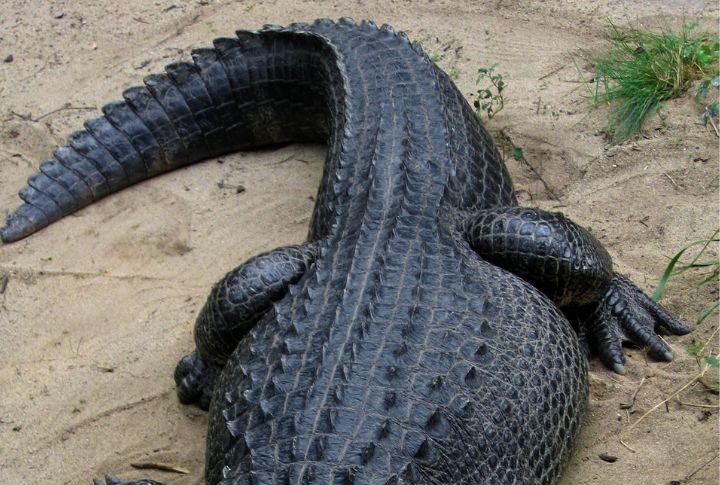
Alligators have wider tails rounded at the tip, while crocodiles have longer tails that are more pointed at the tip. This difference in tail shape is one of the most distinctive visual differences between the two species.
Size

Saltwater Crocodiles are generally larger than Alligators. The largest saltwater crocodile was over 23 feet long and weighed over 2,200 pounds. The largest alligator was around 14 feet long and weighed around 2,000 pounds. However, it’s worth noting that some large alligators can grow to 15 feet in length.
Behavior

Compared to crocodiles, alligators tend to be more submissive and less hostile. They tend to avoid confrontations and will often retreat when threatened. Crocodiles are aggressive and ready to attack when threatened.
Nesting Habits

Alligators build mounds of vegetation and mud to lay their eggs, which are usually around 50-60 eggs per clutch. Meanwhile, Crocodiles dig holes in the sand or mud and lay their eggs. Both species protect their nests and will often guard them from predators.
Feeding Habit
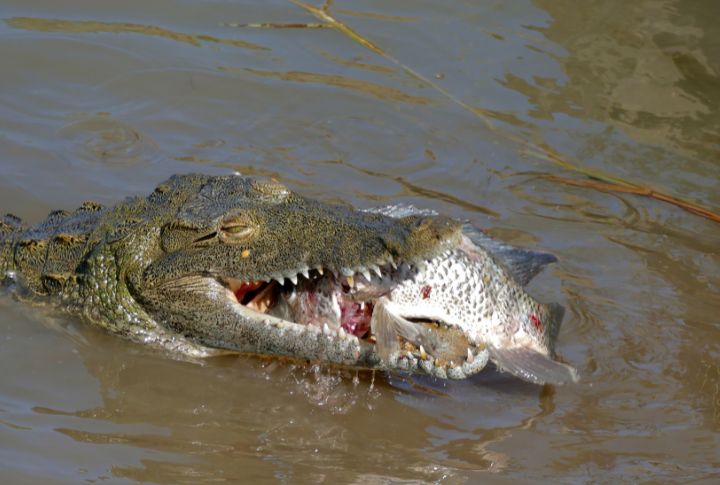
Alligators are primarily carnivores. They feed on fish, snails, other aquatic animals, and small mammals, birds, and reptiles. Crocodiles are carnivores and feed on prey, including fish, crustaceans, and other marine animals. They also eat larger prey like buffalo and even small elephants.
Speed
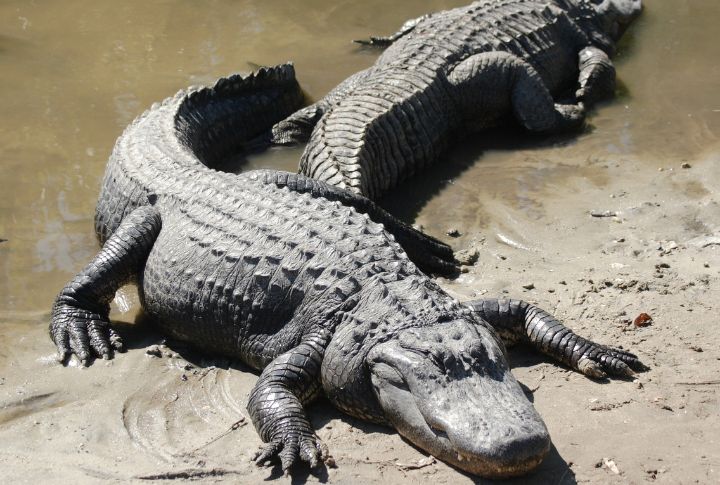
On land, Alligators and Crocodiles can move quickly, but only for short distances. However, Alligators are generally faster on land, traveling as fast as 11 mph (18 kph), while Crocodiles can reach only about 9 mph (14 kph). Both species are more agile and fast in water, but Alligators swim up to 20 mph (32 kph), while Crocodiles can reach speeds of about 9 mph (15 kph).

Comments
Loading…